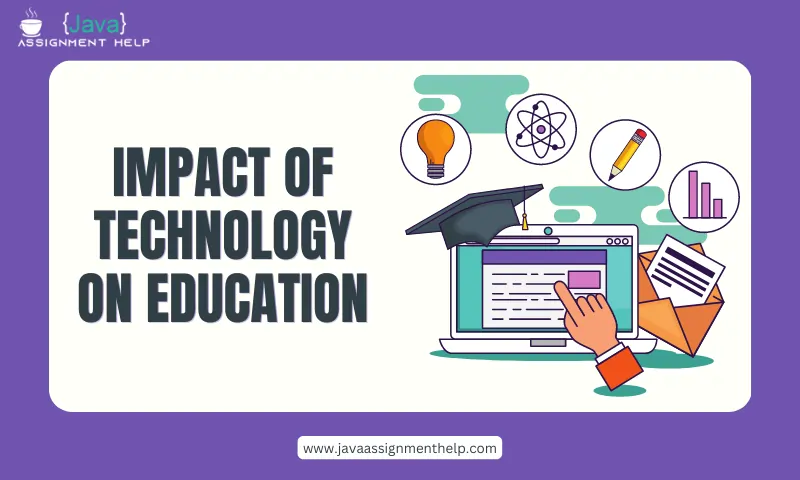Introduction: The Melting Pot of Languages
Imagine a scenario where you’re at a local café, sipping your coffee and engaged in a lively conversation with your friends. The conversation flows seamlessly, ideas bouncing back and forth. Suddenly, you switch from English to Spanish, and your friends respond in kind, continuing the conversation without missing a beat. This fluid transition between languages is what linguists call “code-switching.”
In our increasingly globalized world, code-switching and multilingualism have become not only common but also essential aspects of communication. They reflect the rich tapestry of languages and dialects that make up our linguistic landscape. In this blog post, we embark on a linguistic journey to explore the intricate phenomenon of code-switching and multilingualism in conversation.
I. Code-Switching: An Art and Science
Code-switching occurs when speakers alternate between two or more languages or dialects within a single conversation, sentence, or even a word. It is an inherent part of bilingual and multilingual societies and can be both spontaneous and strategic.
Spontaneous Code-Switching: This form of code-switching happens instinctively and often unconsciously. It arises when speakers use the language or dialect that most effectively conveys their thoughts or emotions. For example, a bilingual individual might say, “Vamos al cinema” (Let’s go to the movies) in Spanish, seamlessly integrating Spanish into an otherwise English conversation.
Strategic Code-Switching: In contrast, strategic code-switching is a deliberate choice made for various purposes, such as emphasizing a point, conveying identity, or excluding others from the conversation. An example could be a group of friends code-switching to a less commonly known language to maintain privacy.
II. Multilingualism: A Symphony of Languages
Multilingualism refers to the ability to speak and understand multiple languages proficiently. It goes beyond mere code-switching and encompasses a broader spectrum of linguistic diversity. Multilingual individuals are like polyglot maestros, conducting a symphony of languages in their daily lives.
Benefits of Multilingualism: Multilingualism offers a plethora of cognitive, social, and cultural benefits. Studies have shown that multilingual individuals often exhibit enhanced problem-solving skills, better multitasking abilities, and a deeper understanding of cultural nuances. Moreover, being multilingual opens doors to a wider range of social and professional opportunities.
The Linguistic Landscape: In many regions worldwide, multilingualism is not the exception but the norm. Take Singapore, for instance, where English, Mandarin, Malay, and Tamil coexist harmoniously. Street signs, advertisements, and public announcements in Singapore often showcase this linguistic diversity, reflecting the city-state’s multicultural ethos.
III. The Art of Balancing: When and Why We Code-Switch
Code-switching isn’t a random mishmash of languages; it follows certain patterns and rules. Speakers code-switch for various reasons, each serving a distinct communicative purpose:
Lexical Gaps: Sometimes, a language may lack a specific word or expression, prompting speakers to borrow from another language. For instance, the Danish term “hygge” doesn’t have a direct English equivalent, so English speakers may borrow it to describe a cozy, warm atmosphere.
Emphasis and Intimacy: Code-switching can emphasize a point or create a sense of intimacy within a conversation. When a bilingual individual passionately expresses their emotions in their native language, it can convey a deeper connection with the topic.
Social Identity: Language is often tied to identity, and code-switching can be a powerful tool for expressing one’s cultural affiliation. In a multicultural society, speaking a heritage language can help maintain a sense of identity and connection with one’s roots.
IV. The Multilingual Brain: A Marvel of Adaptation
The ability to code-switch and be multilingual is not just a linguistic feat; it’s a testament to the remarkable adaptability of the human brain. Neuroscientific studies have shown that bilingual and multilingual individuals exhibit different patterns of brain activation, often resulting in improved cognitive flexibility and problem-solving abilities.
Furthermore, the brain’s capacity to effortlessly switch between languages demonstrates its incredible plasticity. This adaptability allows it to rewire itself depending on the linguistic context, reinforcing the idea that language is not a static entity but an ever-evolving one.
V. Challenges and Nuances
While code-switching and multilingualism are undoubtedly fascinating, they come with their own set of challenges and nuances. One such challenge is the potential for linguistic interference, where the structures and rules of one language influence the other.
Additionally, multilingual societies must navigate issues of language preservation and language dominance. These issues can affect cultural identity, educational systems, and social cohesion, making language planning and policy crucial aspects of maintaining linguistic diversity.
VI. Conclusion: Celebrating Our Linguistic Diversity
In the world of linguistics, code-switching and multilingualism represent a treasure trove of insights into human communication and cognition. They are a testament to our ability to adapt, connect, and express ourselves across languages and dialects.
As we navigate our multilingual world, let us embrace the beauty of code-switching and multilingualism. They are not mere linguistic quirks but vibrant reflections of our rich cultural tapestry. By celebrating and preserving our linguistic diversity, we enrich our conversations, broaden our horizons, and foster a more inclusive and interconnected global society.



